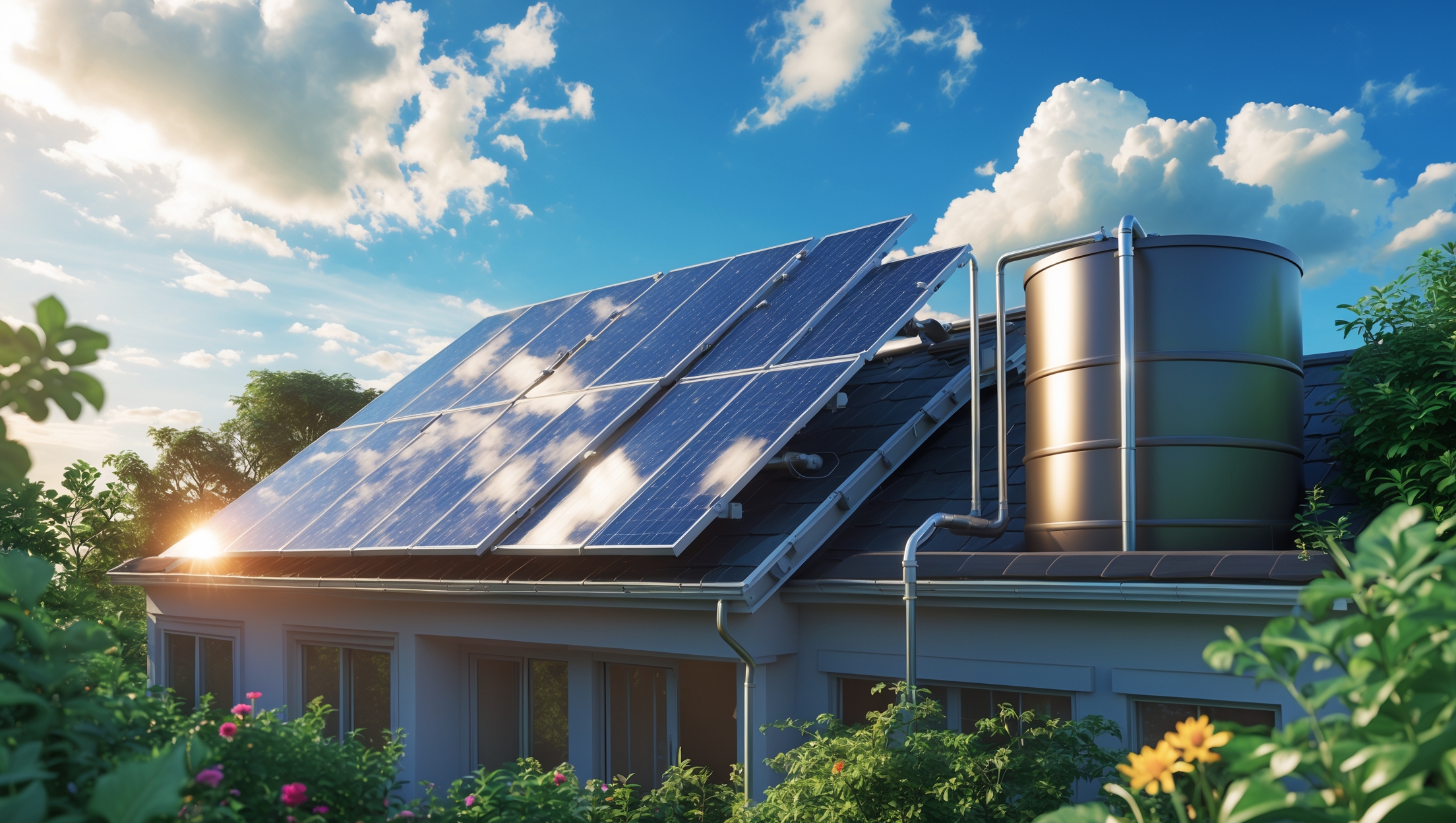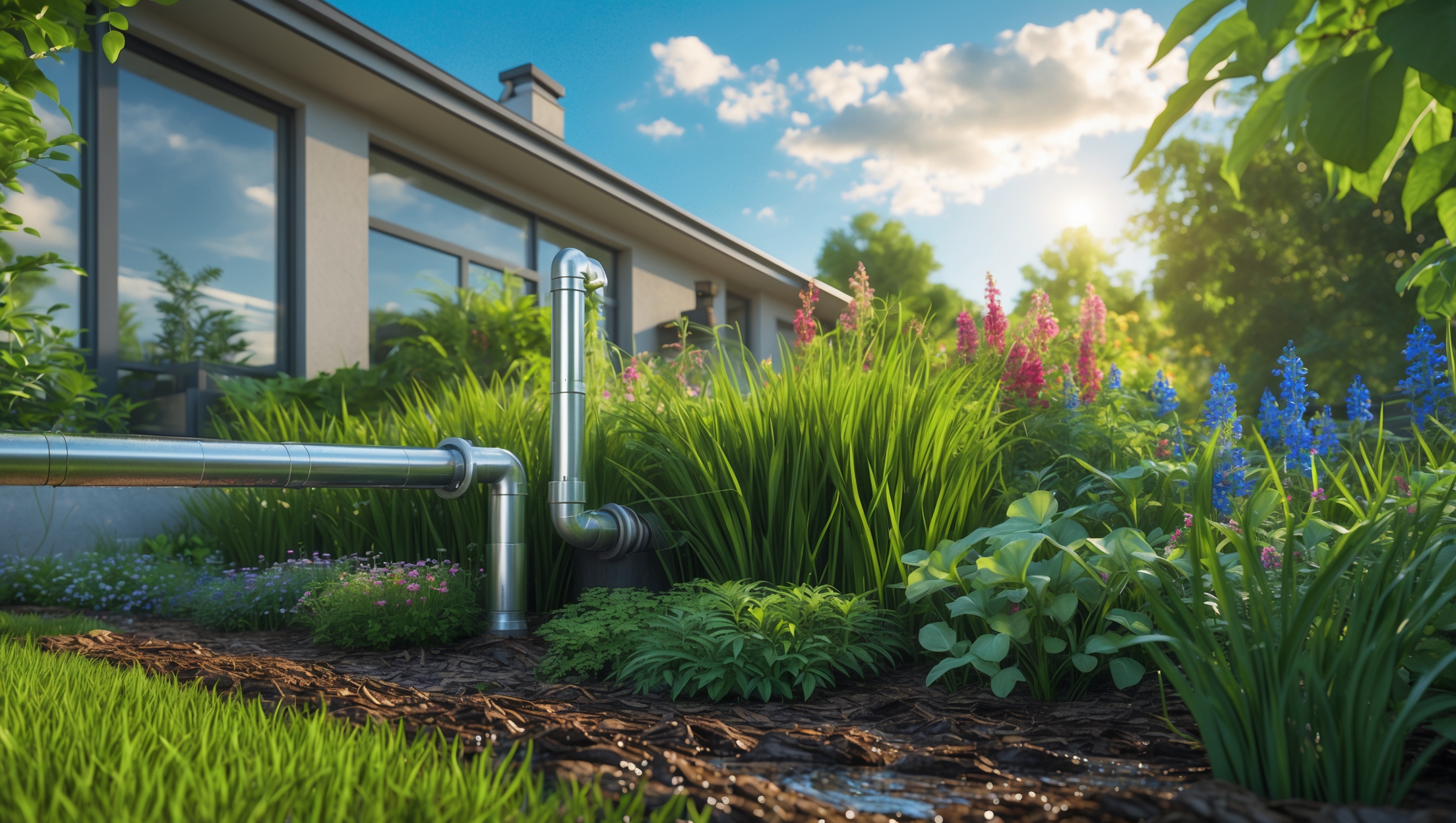Introduction: Why Solar Water Heating Matters—and Where Homeowners Go Wrong
As more households seek sustainable ways to reduce energy bills and environmental impact, residential solar water heating systems are gaining popularity. These systems harness the sun’s energy to provide hot water for daily use, offering a greener alternative to conventional electric or gas heaters. While the technology is proven, effective, and increasingly affordable, many first-time installers encounter unexpected challenges. From incorrect sizing to overlooked system maintenance, small missteps can lead to disappointing performance, unnecessary expenses, or even system failure. In this in-depth guide, we’ll walk through the most common beginner mistakes homeowners make when setting up solar water heating systems, and—crucially—how to avoid them. By learning from these frequent pitfalls, you’ll be empowered to design, install, and maintain a system that delivers reliable, long-term savings and sustainability.
Understanding Residential Solar Water Heating Systems
How Solar Water Heating Works
Solar water heating systems use solar collectors—usually mounted on the roof—to capture and transfer heat from the sun to your household water. There are two main types:
- Active Systems: Use pumps and controls to circulate water or heat-transfer fluid.
- Passive Systems: Rely on natural convection or gravity for water circulation, with fewer moving parts.
Both types can significantly reduce reliance on fossil fuels, but require careful planning, correct installation, and ongoing care to perform optimally.
Common Mistake #1: Misjudging System Size and Hot Water Demand
The Problem
Many homeowners underestimate how much hot water their household actually uses, or overestimate the capacity of a solar system. Undersized systems quickly run out of hot water, while oversized systems cost more upfront without proportional benefits.
How to Avoid It
- Calculate your daily hot water use: Tally average consumption for showers, dishwashing, laundry, etc.
- Factor in local climate: Cloudier regions may need larger collectors or supplemental heating.
- Consult sizing charts: Most reputable manufacturers provide guidance based on household size and location.
- Plan for future needs: If your family might grow, build in a buffer.
Common Mistake #2: Choosing the Wrong Collector Type for Your Climate
The Problem
Not all solar collectors perform equally in every region. Installing a system designed for a warm climate in an area with frequent freezing can cause inefficiency or damage.
How to Avoid It
- Flat Plate Collectors: Reliable and cost-effective for moderate climates with minimal freezing.
- Evacuated Tube Collectors: Better for colder climates due to superior insulation and freeze resistance.
- Verify frost protection: Choose systems with built-in freeze protection if temperatures regularly dip below freezing.
Common Mistake #3: Poor Collector Placement and Orientation
The Problem
Solar collectors that are shaded, poorly angled, or facing the wrong direction won’t capture enough sunlight, drastically reducing system output.
How to Avoid It
- South-facing orientation (in the Northern Hemisphere): Maximizes sunlight exposure.
- Correct tilt angle: Generally, the collector should be tilted at an angle equal to your latitude for year-round efficiency.
- Minimize shading: Avoid installation under trees, chimneys, or other obstructions—especially between 9 AM and 3 PM.
- Regularly review site conditions: Trees grow, new structures are built—periodically check for new sources of shade.
Common Mistake #4: Inadequate Plumbing and Pipe Insulation
The Problem
Poorly insulated pipes and substandard plumbing connections can result in major heat loss, leaks, and system inefficiency—especially in cold climates.
How to Avoid It
- Use high-quality, UV-resistant insulation: Insulate all pipes exposed to outdoor air.
- Seal joints thoroughly: Prevent leaks and air infiltration.
- Choose appropriate pipe material: Copper is durable but expensive; PEX is cost-effective and easy to work with but may have temperature limits.
- Protect against freezing: In cold climates, use heat tape or drain-back systems to prevent frozen pipes.
Common Mistake #5: Neglecting Permits, Local Codes, and HOA Rules
The Problem
Skipping permitting or ignoring local codes can lead to fines, forced removal, or safety hazards. Homeowners’ Associations (HOAs) may have specific rules about roof modifications and visible equipment.
How to Avoid It
- Research local building codes: Requirements vary widely by location and may cover structural supports, plumbing, backflow prevention, and electrical safety.
- Apply for necessary permits: Never proceed without official approval.
- Notify your HOA early: Submit plans and get written approval if needed.
- Document everything: Keep all correspondence and permits for future reference or resale.
Common Mistake #6: Overlooking Backup and Integration with Existing Systems
The Problem
Sole reliance on solar heating can leave you without hot water during prolonged cloudy weather. Failing to properly integrate backup heating leads to comfort issues or excessive energy bills.
How to Avoid It
- Install a backup heater: Electric or gas water heaters can supplement solar systems as needed.
- Use a dual-mode tank: Designed to work with both solar and conventional heating elements.
- Set up smart controls: Timers and thermostats can prioritize solar heating and only use backup when truly necessary.
- Test integration: Simulate cloudy conditions to ensure seamless switching between sources.
Common Mistake #7: Ignoring Maintenance and Monitoring
The Problem
Even the best-designed system will underperform or fail if not maintained. Neglecting routine checks leads to leaks, scale buildup, pump failure, and lost efficiency.
How to Avoid It
- Follow manufacturer’s maintenance schedule: Clean collectors, check fluid levels, and inspect for leaks at least annually.
- Flush heat exchangers: Hard water areas may require descaling every 1–2 years.
- Monitor performance: Install flow meters or temperature sensors and track output over time.
- Address issues promptly: Don’t ignore minor leaks or drops in output—small problems can quickly escalate.
Common Mistake #8: DIY Installation Without Proper Experience
The Problem
Solar water heating installation is more complex than mounting photovoltaic panels. Incorrect plumbing, electrical work, or roof penetrations can be dangerous and costly to repair.
How to Avoid It
- Hire experienced professionals: Especially for plumbing and electrical connections, unless you are certified.
- Attend workshops or training: If you’re determined to DIY, invest in hands-on learning before starting.
- Use detailed manufacturer instructions: Don’t rely solely on online forums—follow official documentation for your exact model.
- Plan for inspections: Many jurisdictions require post-install inspections to ensure safety and code compliance.
Common Mistake #9: Misunderstanding System Payback and Incentives
The Problem
Overestimating energy savings or missing out on rebates can lead to disappointment. Some expect a faster payback than is realistic, while others fail to claim financial incentives.
How to Avoid It
- Calculate realistic payback: Factor in local energy prices, system cost, and expected output—not just best-case scenarios.
- Research incentives: Federal, state, and utility rebates or tax credits can offset installation costs.
- Keep documentation: Save all receipts and certificates for rebate applications or tax filings.
- Understand warranty terms: Know what is covered and for how long, especially for collector panels and pumps.
Common Mistake #10: Forgetting About Aesthetics and Resale Value
The Problem
Poorly integrated systems can detract from your home’s curb appeal or complicate resale. Visible pipes, tanks, or awkwardly placed collectors may put off future buyers.
How to Avoid It
- Work with your installer: Find collector placements that are both efficient and visually unobtrusive.
- Choose compact tanks: Modern storage tanks can be hidden in basements or utility rooms.
- Color-match piping: Use pipe insulation and covers that blend with your roof and exterior.
- Document for resale: Keep a record of permits, warranties, and energy savings to show potential buyers the value added.
Putting It All Together: A Stepwise Approach to a Trouble-Free Solar Water Heating System
Step 1: Assess Needs and Feasibility
- Evaluate your hot water demand and site suitability.
- Check roof space, orientation, and shading throughout the year.
Step 2: Research and Select the Right System
- Choose a collector and tank type suited to your climate and family size.
- Compare manufacturers, warranties, and energy ratings.
Step 3: Secure Permits and Incentives
- Contact your local building department for requirements.
- Apply for rebates and check deadlines for state or federal incentives.
Step 4: Professional Installation
- Hire licensed professionals for plumbing, electrical, and roof work.
- Supervise placement to ensure optimal orientation and minimal aesthetic impact.
Step 5: Ongoing Monitoring and Maintenance
- Set calendar reminders for annual inspections and cleaning.
- Track system performance and address any deviations quickly.
Conclusion: Invest in Success, Not Setbacks
Residential solar water heating is a powerful tool for sustainable living, offering a clean, renewable source of hot water and substantial savings over time. However, success is rarely the result of luck or guesswork. As we’ve explored, many beginner mistakes stem from underestimating complexity, skipping research, or rushing through critical steps. By anticipating these pitfalls—misjudged system sizing, improper collector selection, poor placement, neglected permits, and more—you can sidestep costly errors and ensure your investment delivers consistent returns. Take the time to assess your needs, consult credible sources, and work with experienced professionals. Prioritize maintenance and monitor your system’s performance to catch issues early. Remember, a well-planned solar water heating system not only enhances your home’s sustainability but also its comfort, value, and resilience in a changing energy landscape. Let your commitment to green technology be matched by diligence and informed action—so you can enjoy the rewards of solar hot water for years to come.





How much time should I realistically expect to spend on routine maintenance for a residential solar water heating system? I want to avoid neglected upkeep causing long-term system problems, as you mentioned.
For a typical residential solar water heating system, you should plan to spend about 2 to 4 hours per year on routine maintenance. This includes checking for leaks, cleaning collector surfaces, inspecting insulation, and occasionally flushing the system. Regular yearly checks and basic cleaning will help prevent most long-term issues and keep your system running efficiently.
You mention that misjudging system size is a common mistake. Is there a reliable method or calculator you recommend for accurately estimating a household’s daily hot water use before selecting a solar water heating system?
Estimating your household’s daily hot water use is key. The most reliable method is to calculate based on the number of people and daily usage habits, like showers, dishwashing, and laundry. Many reputable solar equipment manufacturers and energy agencies provide online calculators where you input family size and typical water use patterns. These tools help you match your needs with the right system size. If in doubt, consulting a certified installer for a site-specific assessment can improve accuracy.